I am not a dark tourist, the world is a somber place. I realize that almost every country I’ve visited lately had to endure terror and bloodshed related to civil war.
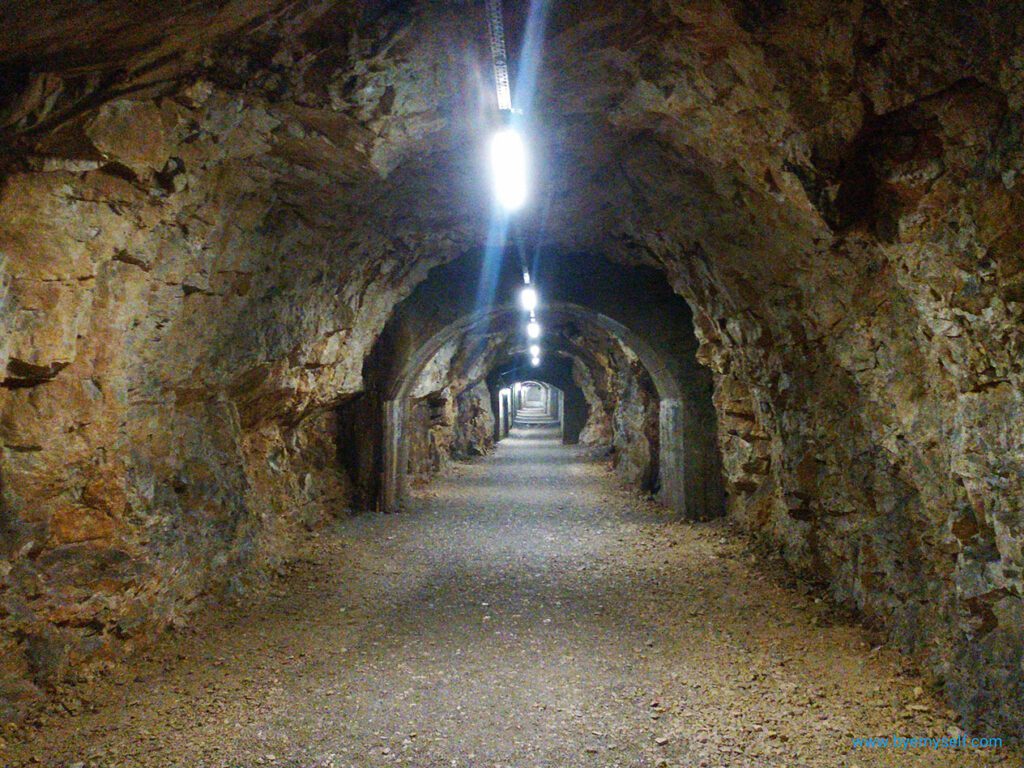
What does this fact say about me? And what does it say about the world we’re living in?
Disclaimer: This is a sad reflection.
The World Is a Somber Place
Arriving in Sri Lanka, it struck me that over the past one and a half years, this had been the third country with a really dreadful past that I was visiting.
I’m not talking ’bout Stalingrad and WWII. No, here, dreadful past has been so recent that I do remember it being present on the news. I was watching it on TV as a child.
How is that even possible? Am I subconsciously searching for terror and horror? Am I a dark tourist? Or is the world, sadly, just a quite somber place?
So between November 2017 and February 2019, I’ve been i. a. in Cambodia, Croatia, and finally Sri Lanka. All three are beautiful countries with a rich cultural heritage, breathtaking sceneries, and very friendly people. Nevertheless, I knew about them mainly from the news. Bad news. Civil wars. People slaughtering each other. Ethnic cleansing. Unspeakable things.
And actually, at least in the blogging community, I seem to be one of the very few travel writers mentioning these things at all.
I wonder why that is. Isn’t also a somber side of a country still a side of that place? It certainly has an impact on the locals. I mean, I’m talking about conflicts that took place in the 1970s and even more recently.
The other day, a woman got defensive in a travel group on facebook. That specific page wouldn’t be about politics. How can a travel group possibly not be about politics? Even if you don’t really care on which beach you’re hanging out – already that is a political statement. Actually, a very bold one.
Ex-Yugoslavia
When you go to Dubrovnik, you actually don’t need to take a Game of Thrones tour to get goosebumps. In 1991 and 1992, the city has been under siege for more than seven months. To me, this is far more spine-tingling than any fiction.
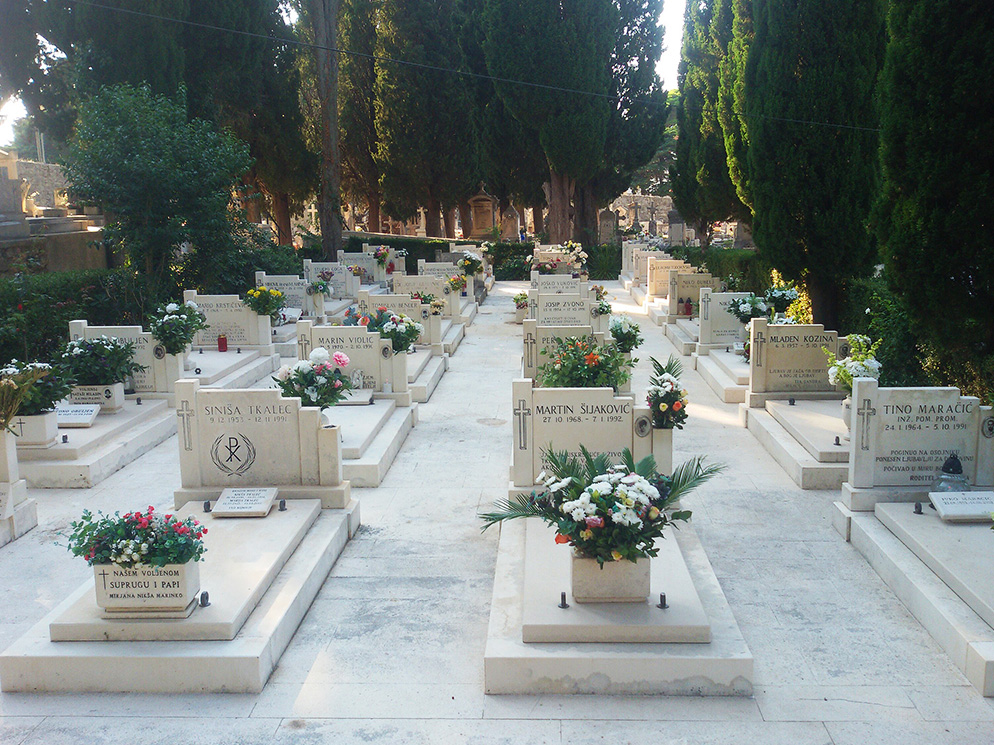
Although I was born in Czechoslovakia, I do have a German passport and I’m based in Germany. Hence, in a country that initiated two world wars and left a bloody trace throughout the European continent.
Albeit WWII ended 74 years ago, Germany is packed with memorials. There are for instance these Stolpersteine*, tripping stones, located in front of houses where Jewish people used to live. Germany seems to be in a neverending process of coming to terms with its past.

Maybe that’s the reason why I was so shocked that other countries like the former Yugoslavia seem to have moved on so quickly and easily. Since not that long ago, ethnic cleansing took place, villages including their inhabitants were basically erased, people were put in camps.
Nevertheless, most visitors seem to be totally unconcerned by this recent history.
Sri Lanka
In Sri Lanka, the civil war ended only ten years ago. Consequently, many of the victims, as well as the perpetrators, must be around. Still, you don’t notice anything if you don’t want to.
You basically have to search for traces and scars. You find them in books, in the media like for instance the award-winning documentary called Killing Fields of Sri Lanka, produced by British TV station Channel 4. Before I opened this link on YouTube, I was asked twice if I wanted to continue. Obviously, this documentary contains images that are more than disturbing.
This film shows events that happened where now package tourist groups are enjoying their vacation.
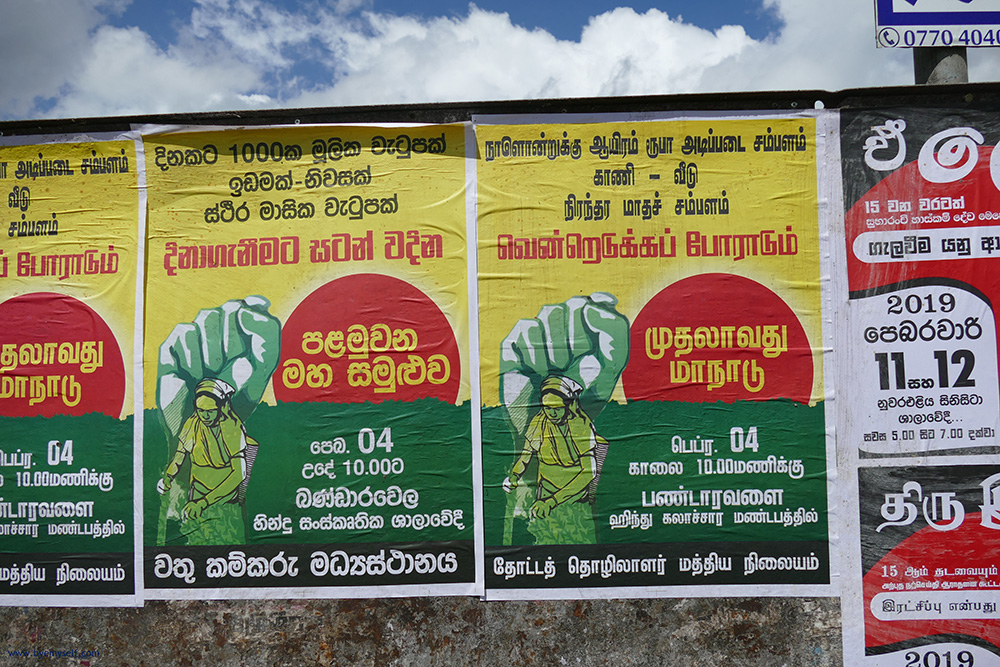
What to me is far more irritating, though, is the fact that even individual travellers, backpackers, flashpacker – my peers – don’t seem to be aware. Let alone care.
Viet Nam
However, it’s a bit different in Viet Nam. You must be living under a gigantic rock if you haven’t heard about the Viet Nam war – respectively the American war, as the Vietnamese call it. And probably that’s exactly the point: This war has been covered by the media also because the United States were involved.
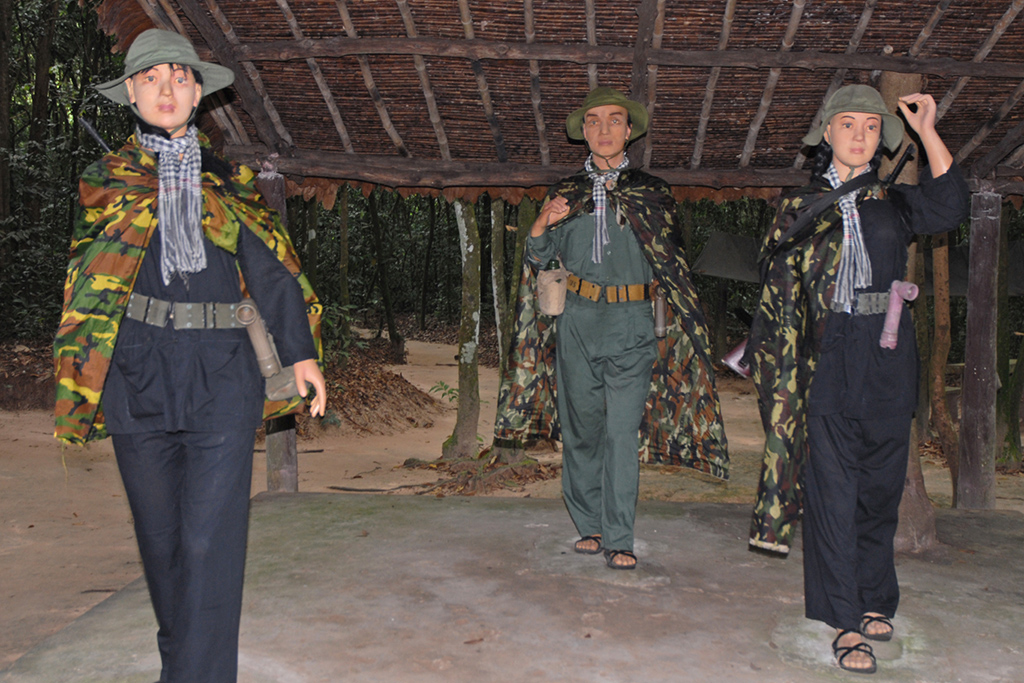
(Photo: dalbera from Paris, France, Tenues des combattants du Viet-Cong (Cu Chi) (6819418695), cropped 3:2, CC BY 2.0)
So people know about it and many visitors are going to see the Cu Chi Tunnels. Nevertheless, according to my experience, they are a farce. I wrote an entire post about how I perceived this theme park.
Cambodia
In Viet Nam’s neighboring country Cambodia, things are a bit different. No trip to Phnom Penh is complete without a visit to the Tuol Sleng prison and the Killing Fields. It’s good that here, the horrific genocide against the own people is documented. However, I found it more than disturbing that it is referred to as an attraction.
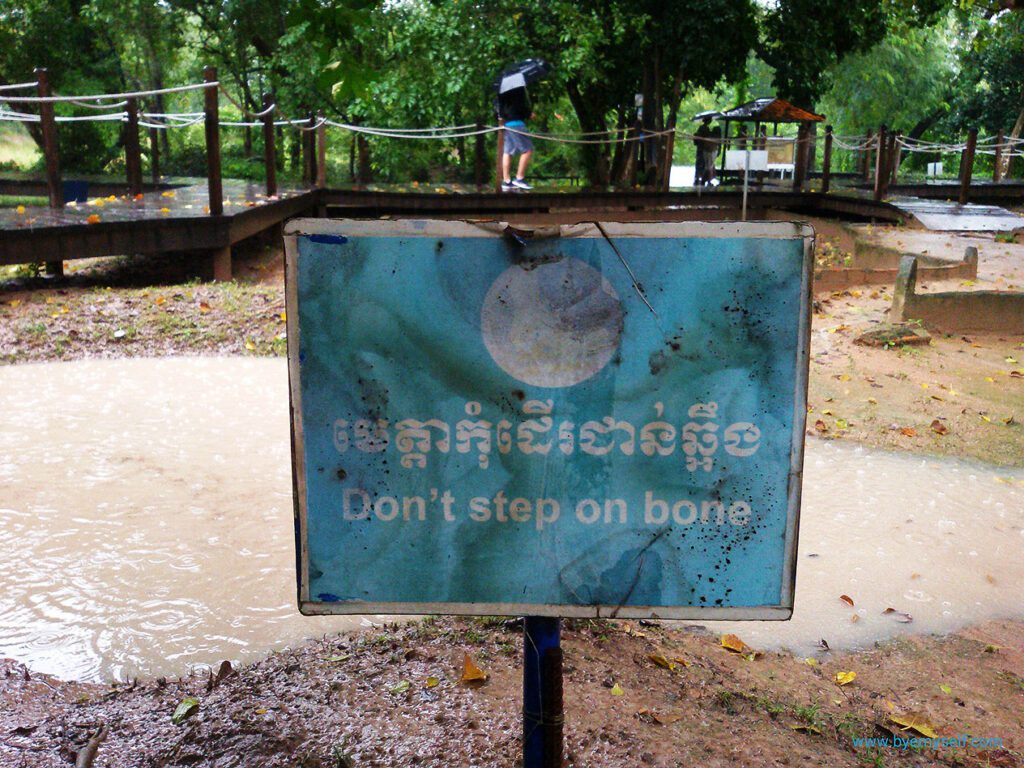
When you advertise for an infamous place like this as if it was just another tourist attraction, you cannot be surprised that people treat it that way. Everyone takes pictures of the victims’ skulls that are stacked in a stupa.
Why?
I totally understand that in a Buddhist country, it has a meaning storing these remains in a stupa. However, I presume that no one needs to see a picture to understand that these people were killed.
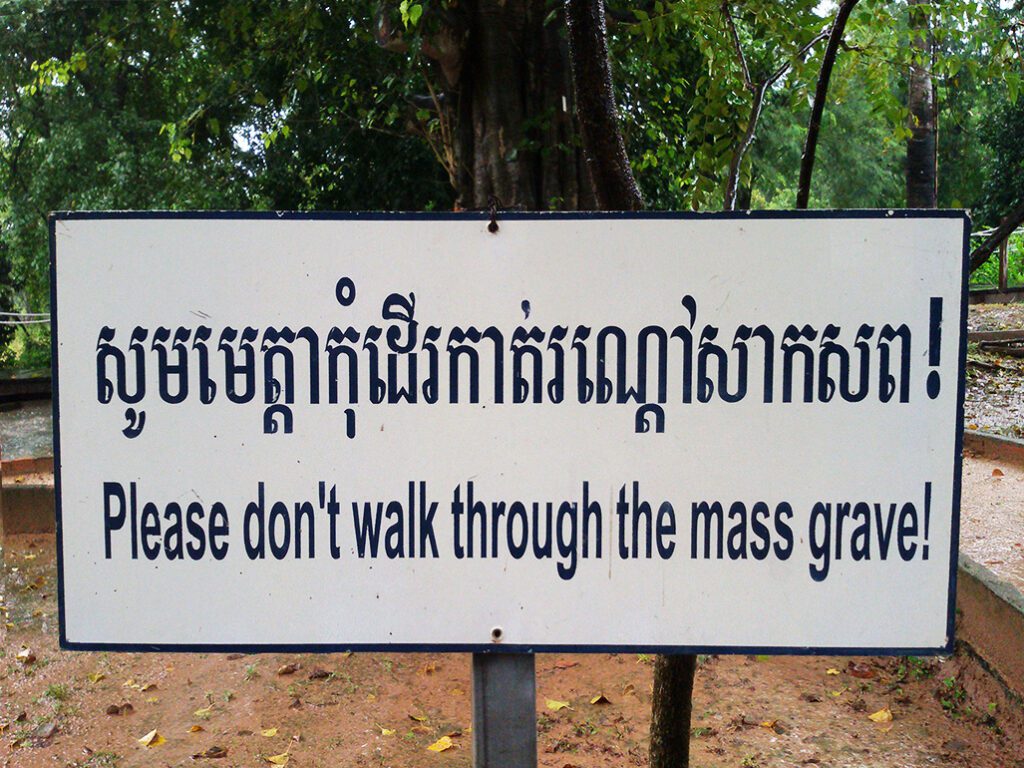
I find that a sign that stops you from trampling on mass graves underlines the horror in a much deeper way.
When you visit and you see the mass graves and the tree they smashed the babies and you listen to the audio guide, then you really don’t need a picture of a tower of skulls.
I don’t like the idea that the remains of these poor victims are being used to get the creeps.
Whatever happened to R.I.P.?
Colonial Heritage
Whether Viet Nam, Cambodia, or Sri Lanka, the internal differences that lead to conflicts and eventually to wars were seeded by colonialism. The Portuguese came, exploited, imposed their language and religion and what not on the people until the Dutch took over and later the Britons.
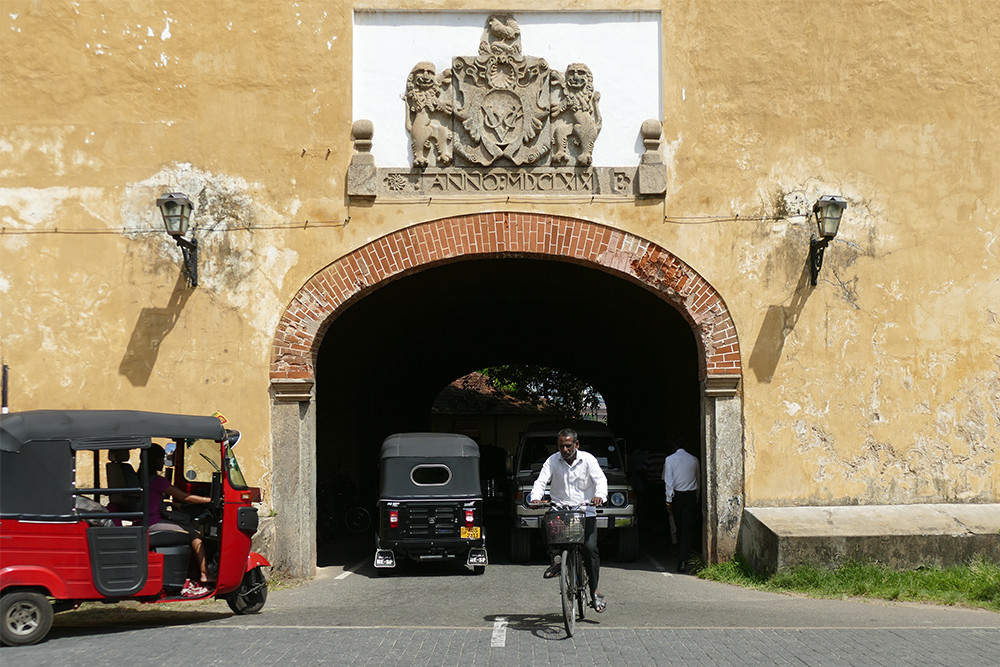
Actually, there was little tension among Sri Lanka’s ethnic groups. The conflict between the Sinhalese and the Tamils was fueled by the British Governors of what used to be their crown colony Ceylon. They filled governmental positions with Tamil officials and a Tamil, Ponnambalam Arunachalam, was even appointed a representative in the national legislative council of both – the Tamils as well as the Sinhalese.
Naturally, this led to a counterblow by the Sinhalese who began to discriminate against the Tamils who then intended to establish an independent state on Sri Lankan grounds, Tamil Eelam.
Mind Your Own Business
Point is, if the British didn’t mess things up in the first place, the mutual adversity wouldn’t have been there, or at least not to the point of a civil war.
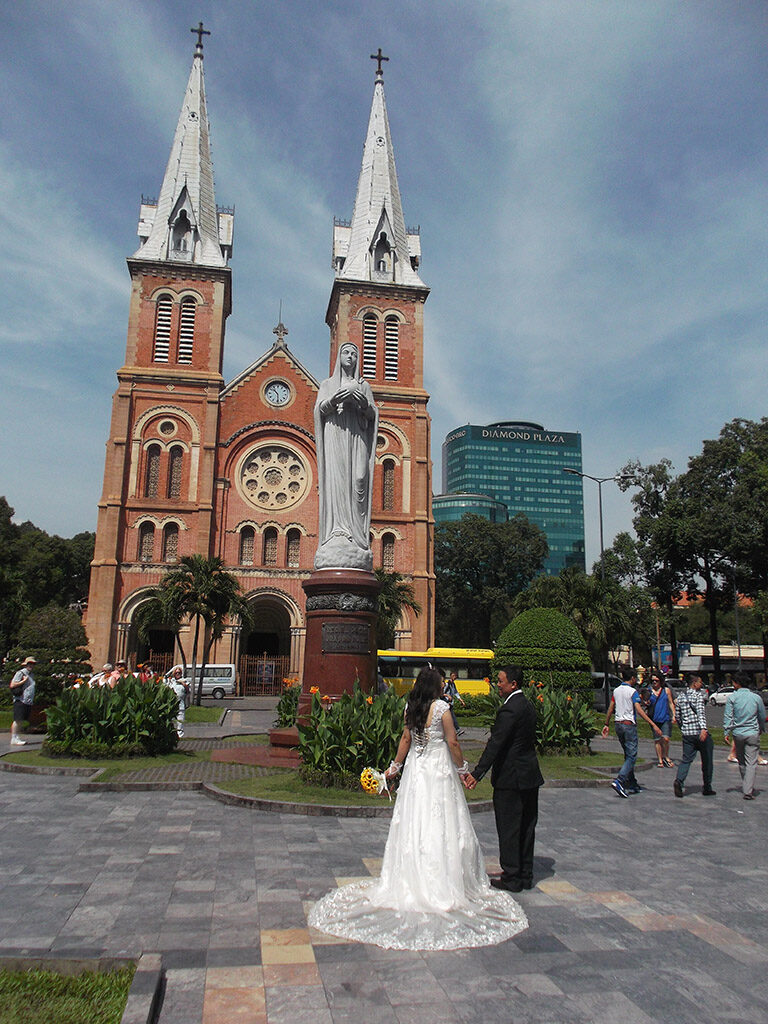
that besides the name has nothing in common with the Parisian relative: instead of Gothic,
this one is built in a neo-roman style from stones imported from Marseille.
Same goes for Indochine respectively what now is Viet Nam, Cambodia, and Laos. The French settled down, introduced what for them was the savoir vivre, brought their culture including Catholicism which divided the people. Some wanted to become some sort of an Asian version of Europe, others wanted to preserve local culture and heritage. Together with first European and later US-American economic and mostly political interests, it was an – literally – explosive mix.
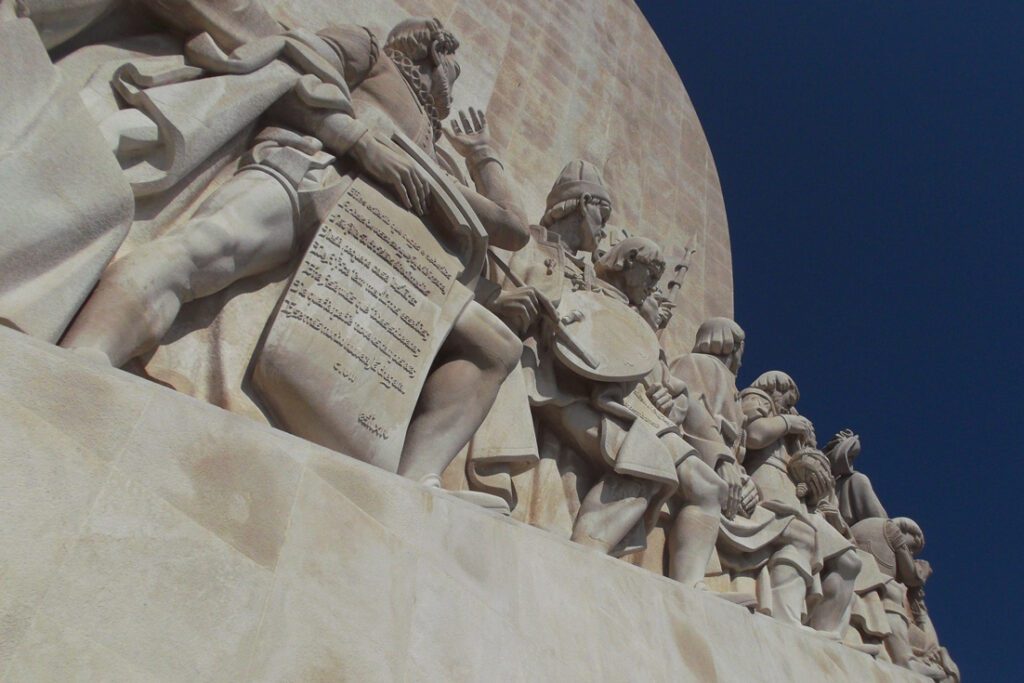
Sad.
Unfortunately, Europeans didn’t have the wish to explore. They felt the urge to conquer – and many Asian, African, and Latin American countries are still suffering from the ramifications.
Conclusion
I do not want to botch things up for anybody and of course, nobody is obliged to dig in the past. It’s just that to me, every aspect of a country I’m visiting is relevant because I’m convinced that it has an impact on the locals – the locals I’m dealing with so obliquely also on me. And since I’m a travel blogger and do want to inform people as good as I can, these information are also part of my guides.
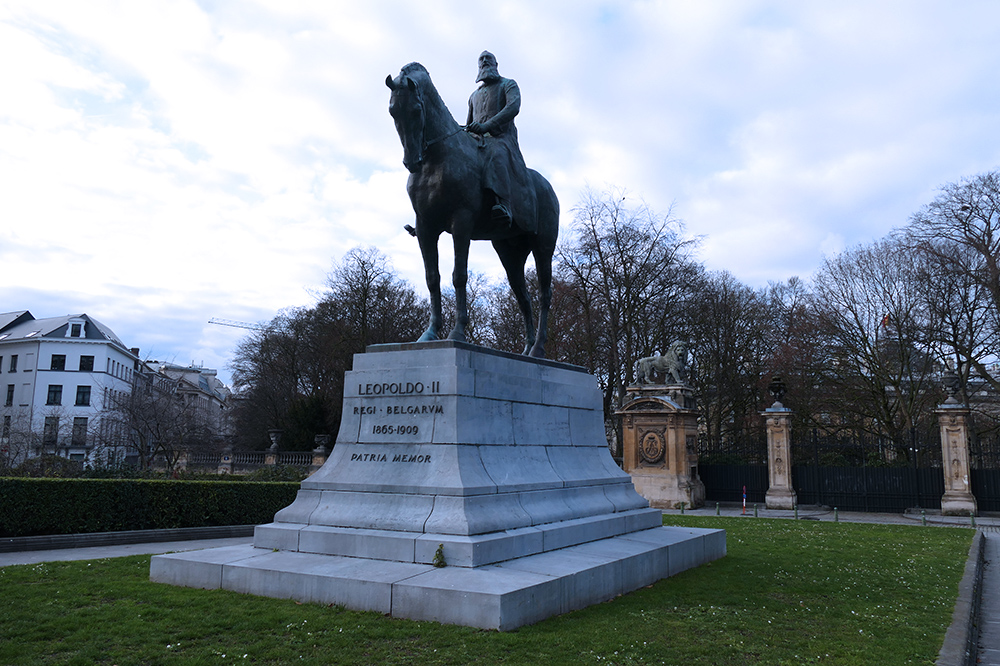
Being a traveller, I am responsible for where I’m going and how I travel.
Being a travel blogger takes this responsibility to a whole different level.
But do you know what’s nice?
In the countries I’m referring to in this post, the terror and the wars and the bloodshed are over.
Some of them could still work a bit on freedom of speech and freedom of the press. Nevertheless, by now, we can pay them touristy visits –
and that’s a silver lining on my personal horizon.
Pinnable Pictures
If you choose to pin this post for later, please use one of these pictures:
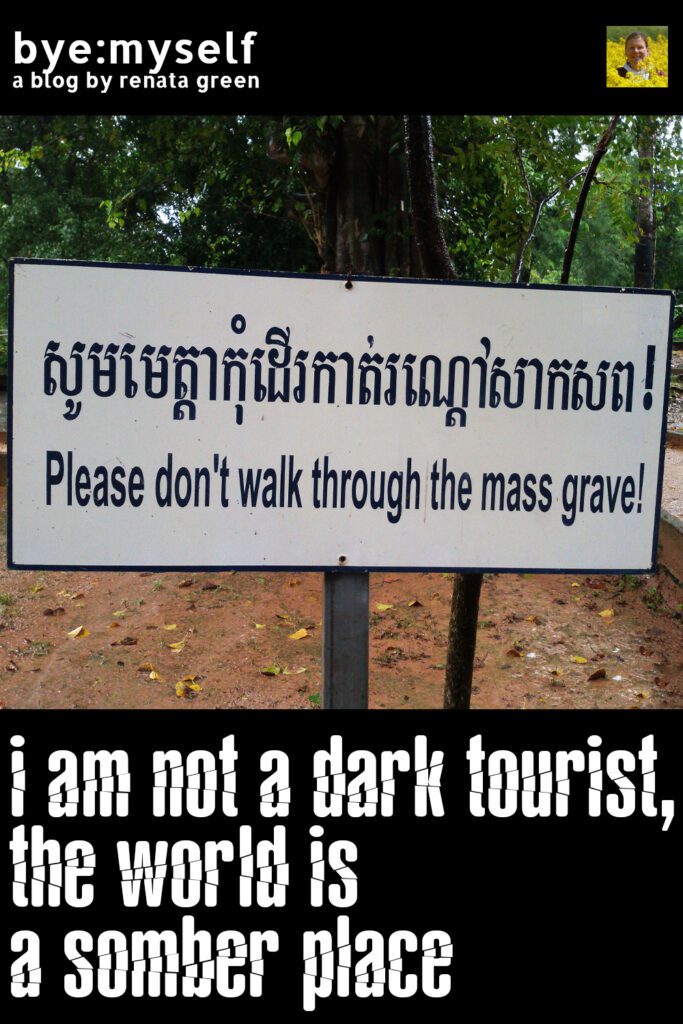
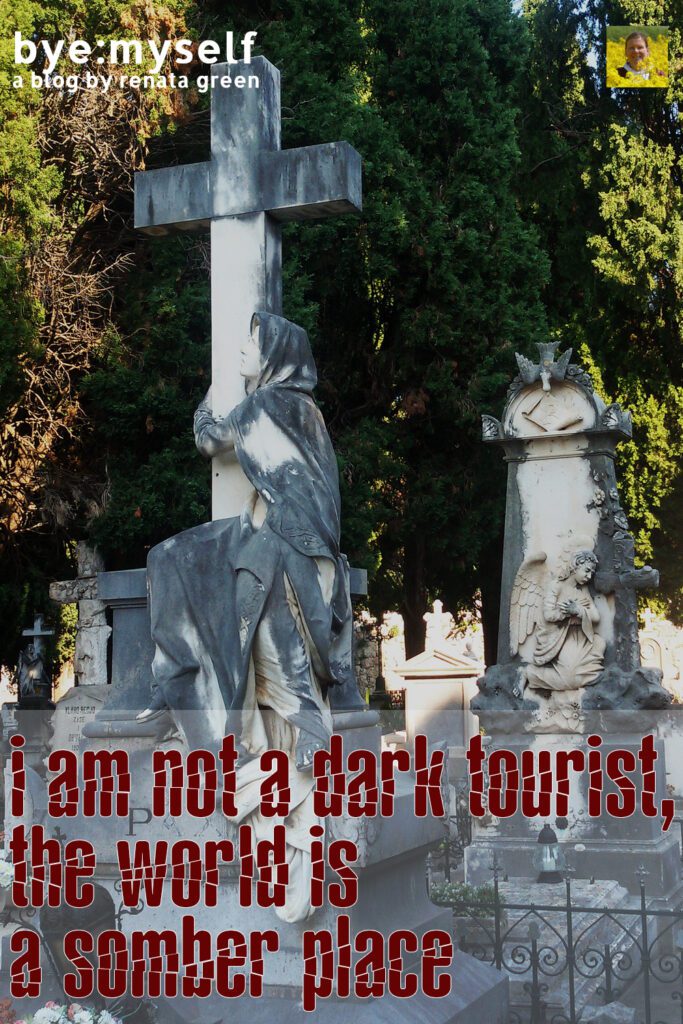
Did You Like This Post? Then You Might Also Want to Read These:
The Ski Instructor of Sri Lanka
i am not a dark tourist, the world is a somber place
From North German Ports to the Americas: Migration in the 19th and 20th Century
Language Learning in Brazil
Grub First, Then Ethics – Brace Yourself for Cuba
Carnival in Rio de Janeiro – I am what I am…
most instagrammable – till death do us part: a rant
How to Avoid Copyright Infringement: Unexpected Traps
* You can learn more about the historic, political art project Stolpersteine on this site.
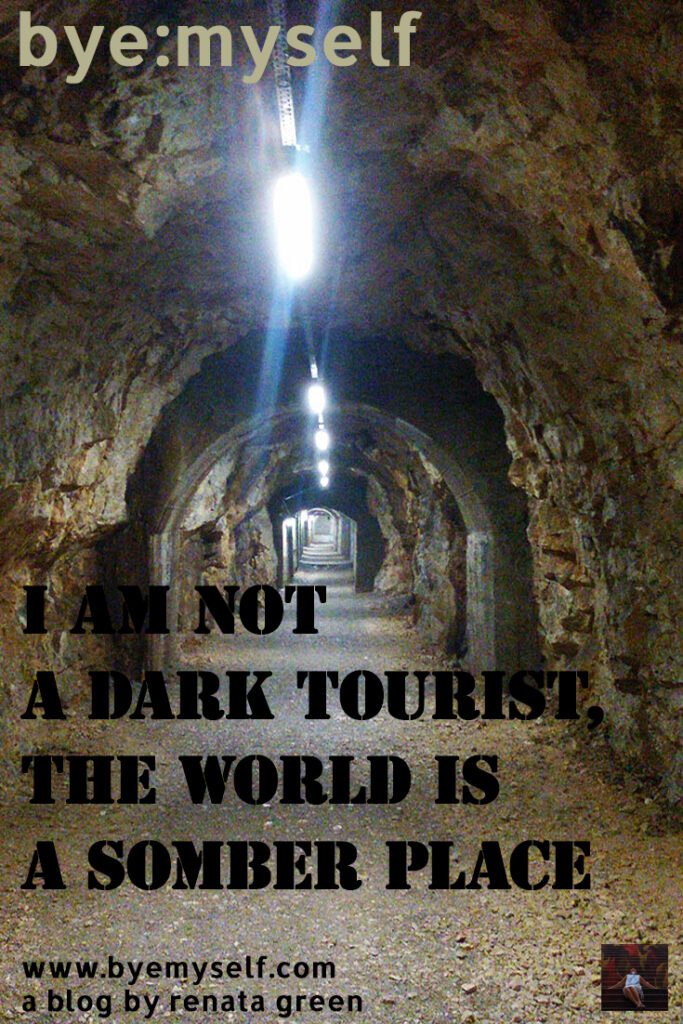

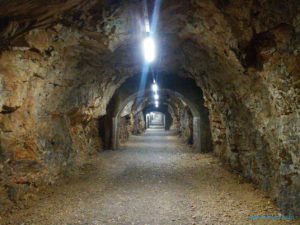
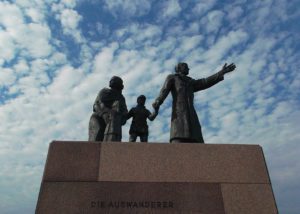

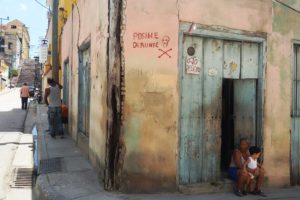

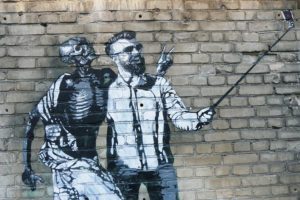

It was an amazing blog, I’m impressed with your ideas. This site provides the best information and is a very helpful resource for us and all. It’s great to learn more about this.
Thank you so much for your kind and encouraging words 🙂
I really loved this. I feel much the same as you…saddened and thoughtful about the dark past of many places we visit.
This is a great article thanks for sharing this informative information. I will visit your blog regularly for some latest post.
best travel agents in sargodha
Thank you for this post. There are so many dark chapters in the world's history.
You are so right, there is a lot of "dark" history associated with so many places around the world. I love that travel allows us to embrace the history and present day of an area.
I love learning about the history of every place I travel to. It's so fascinating!
It opens your eyes so much, when you see somewhere that has been word torn in the past. I think it’s empowering to have seen where Hiroshima and Nagasaki are today
I loved this post. For me learning the history of where I travel is the best part. That's what it's all about.